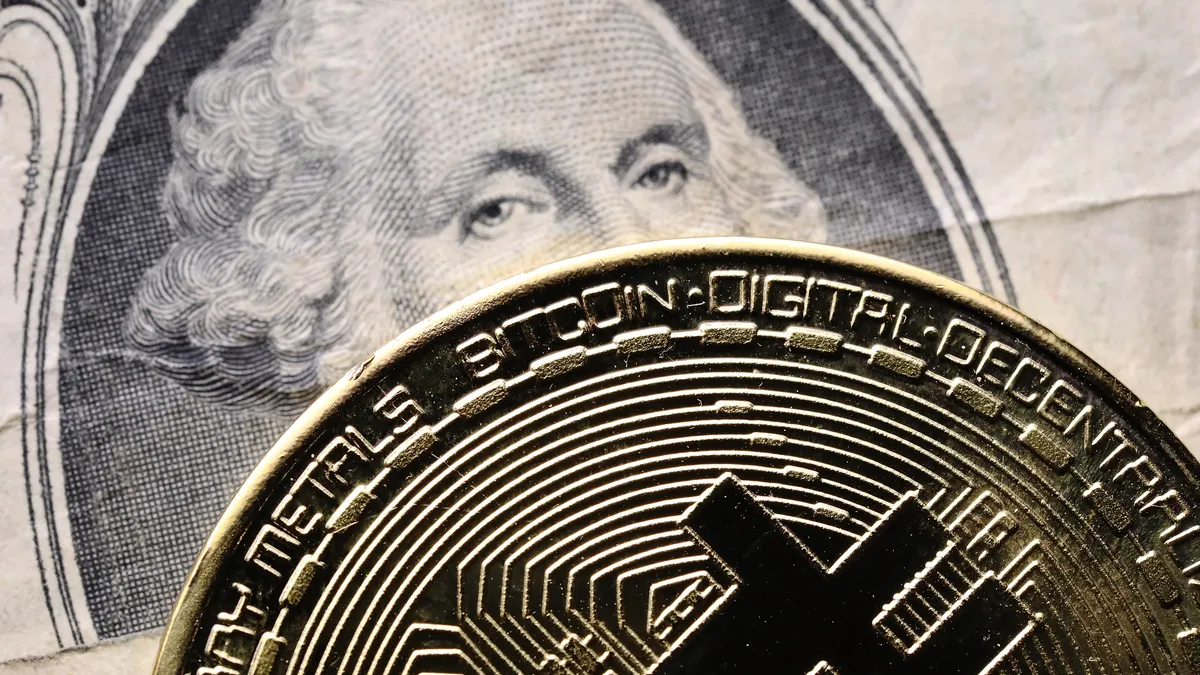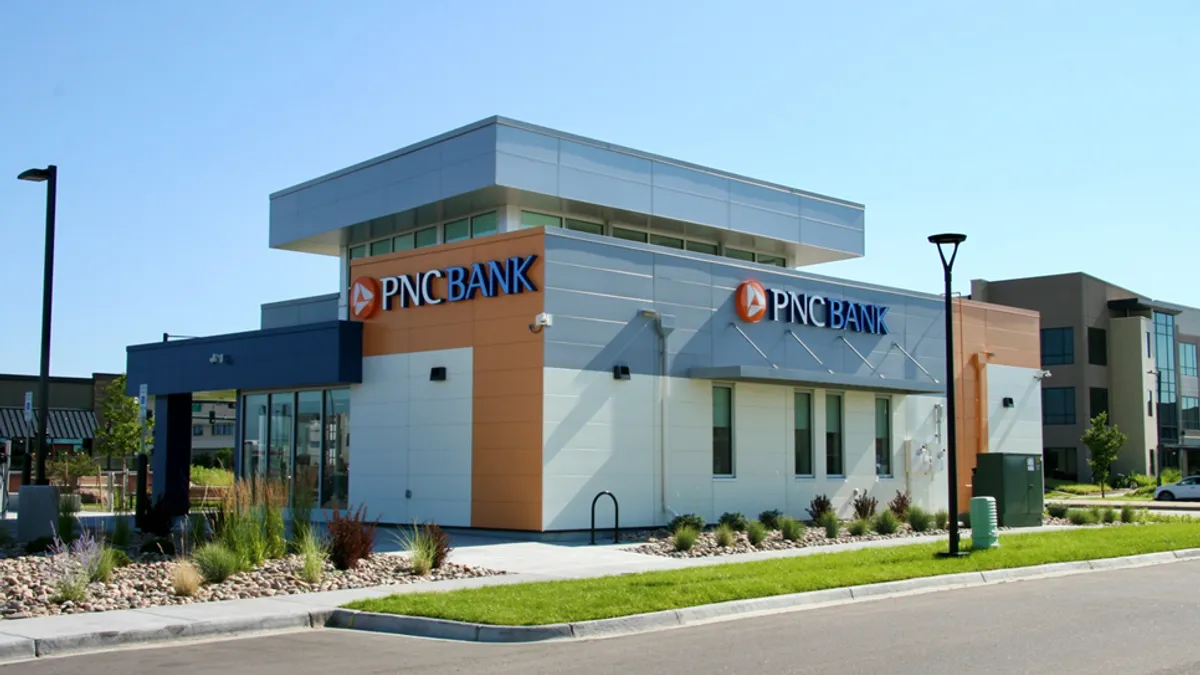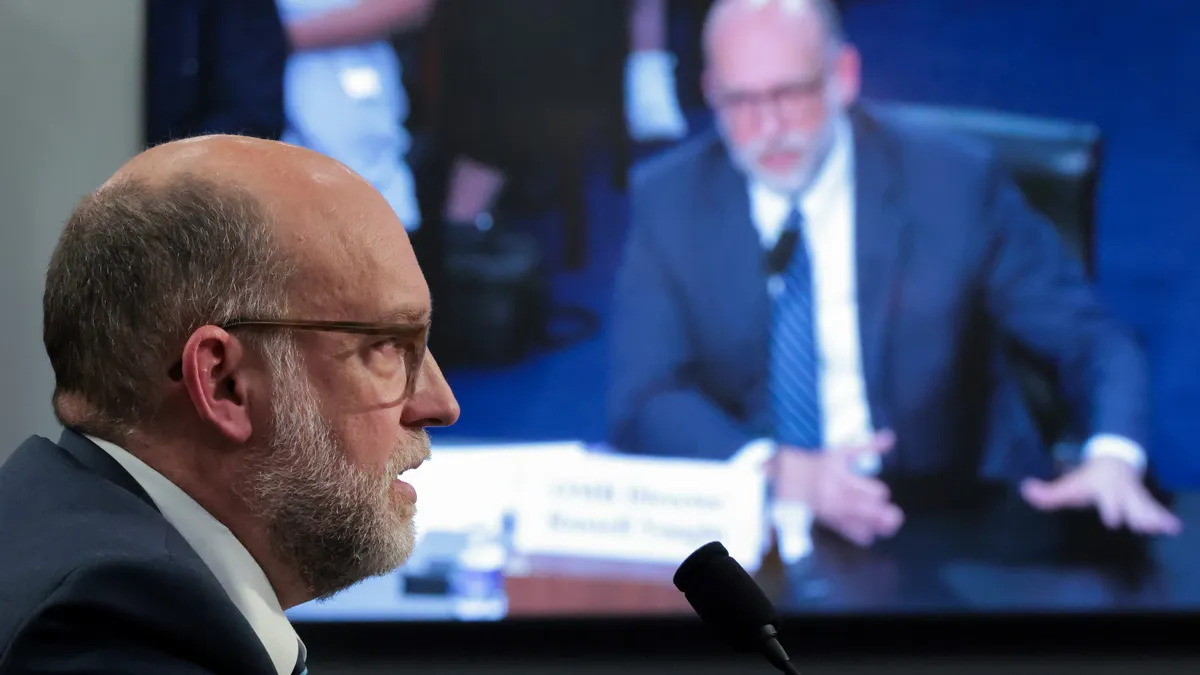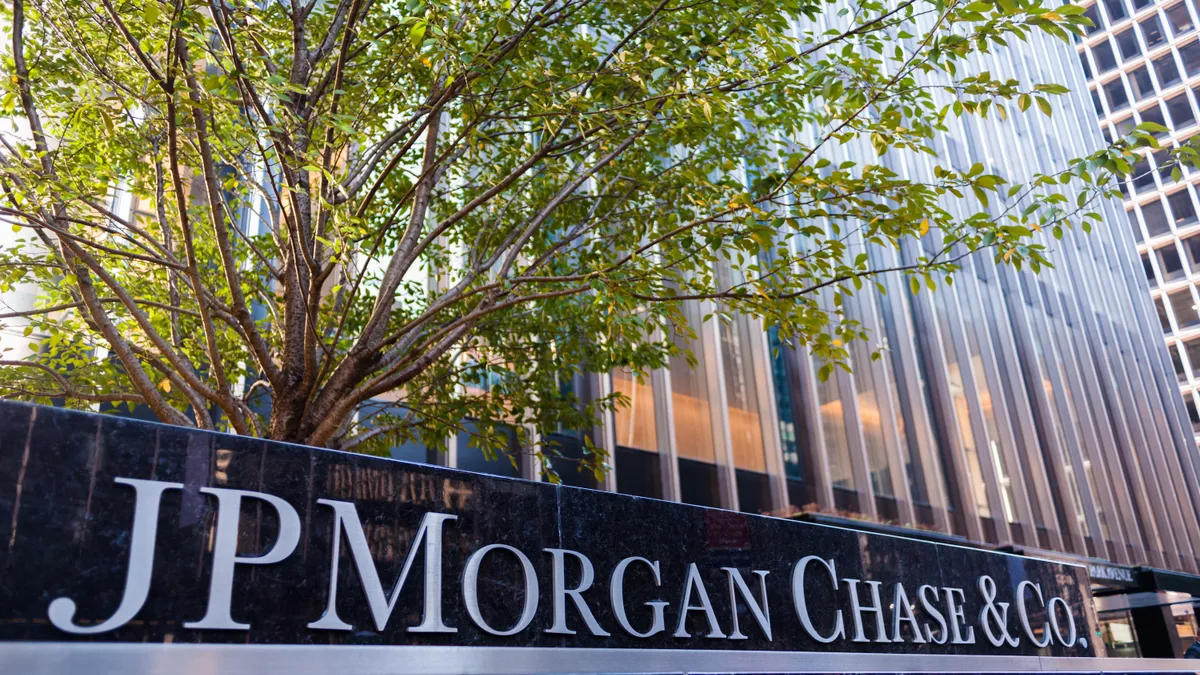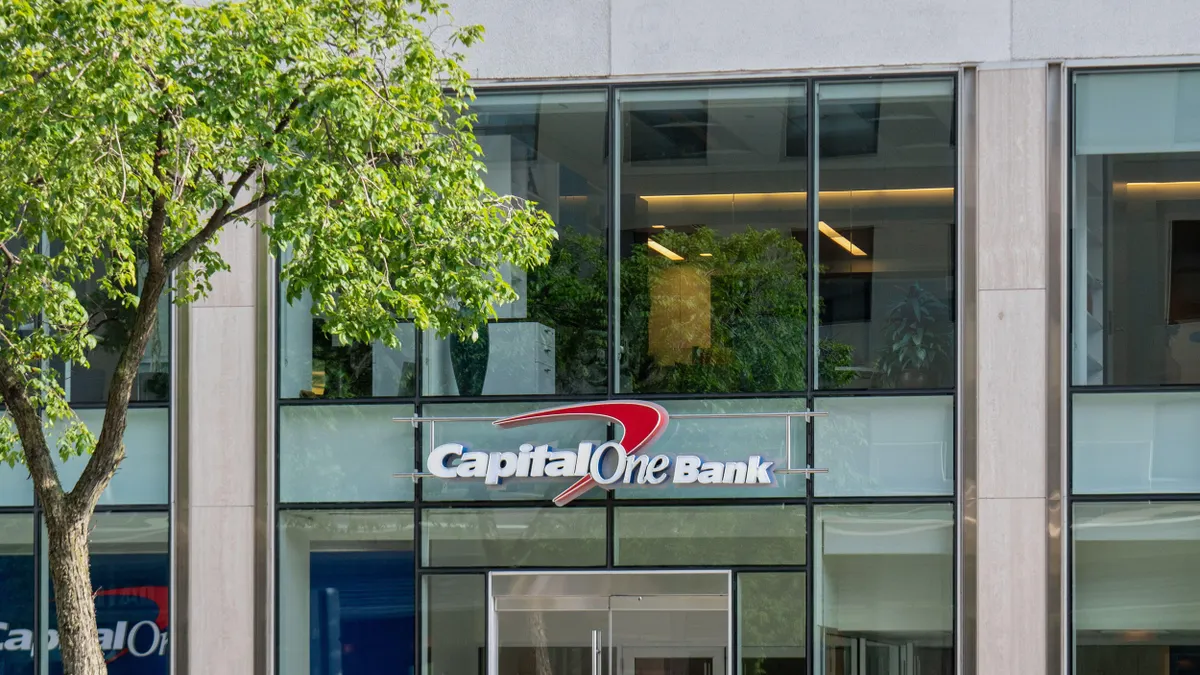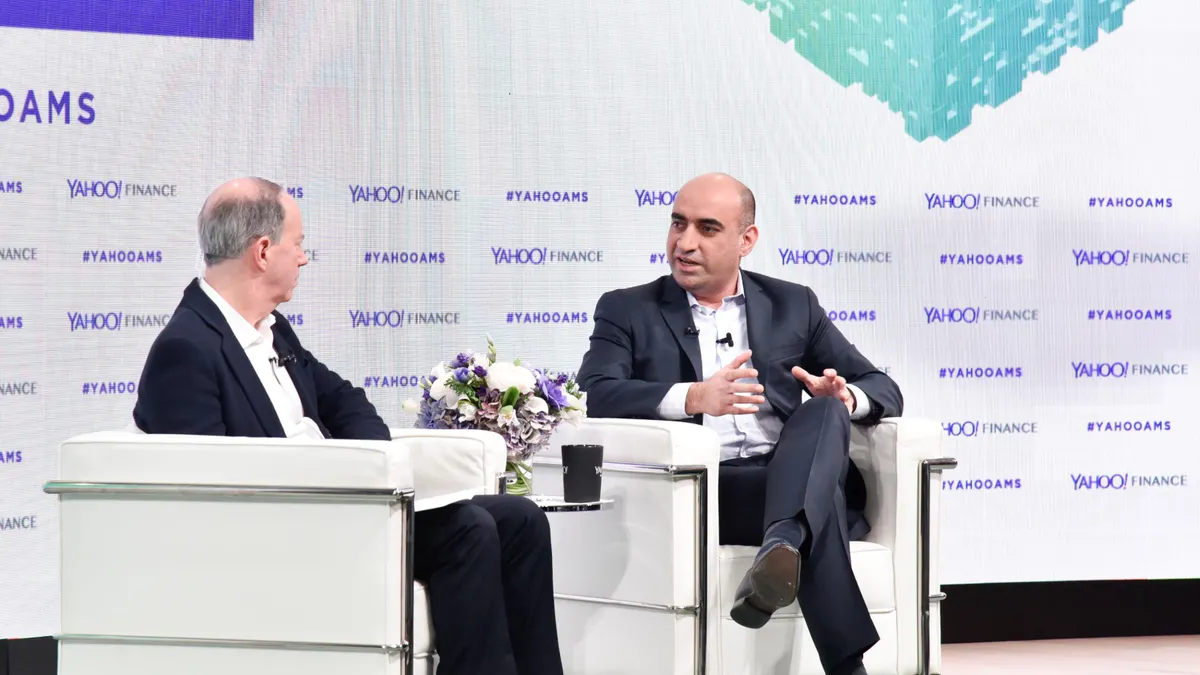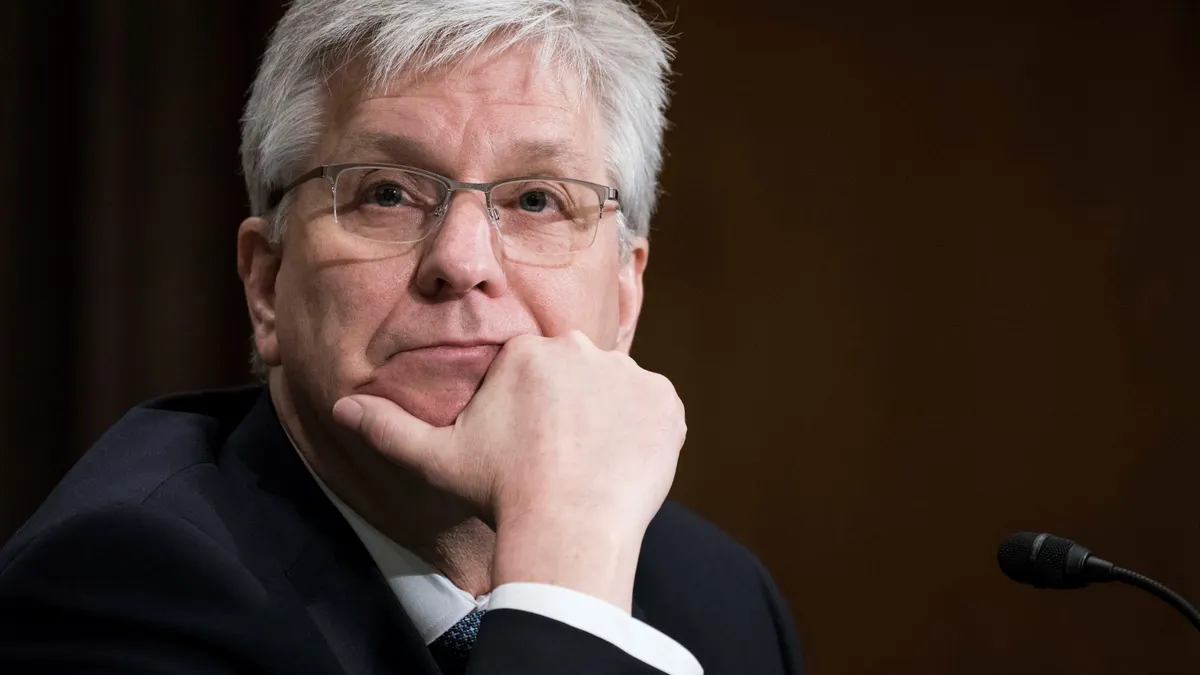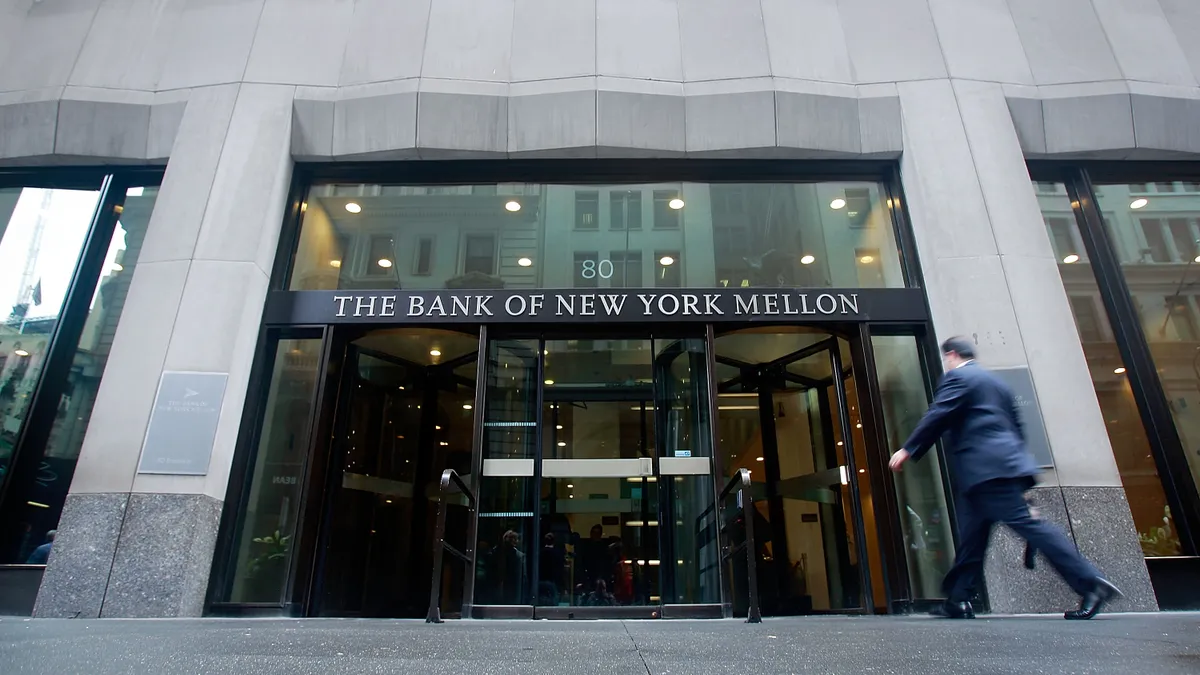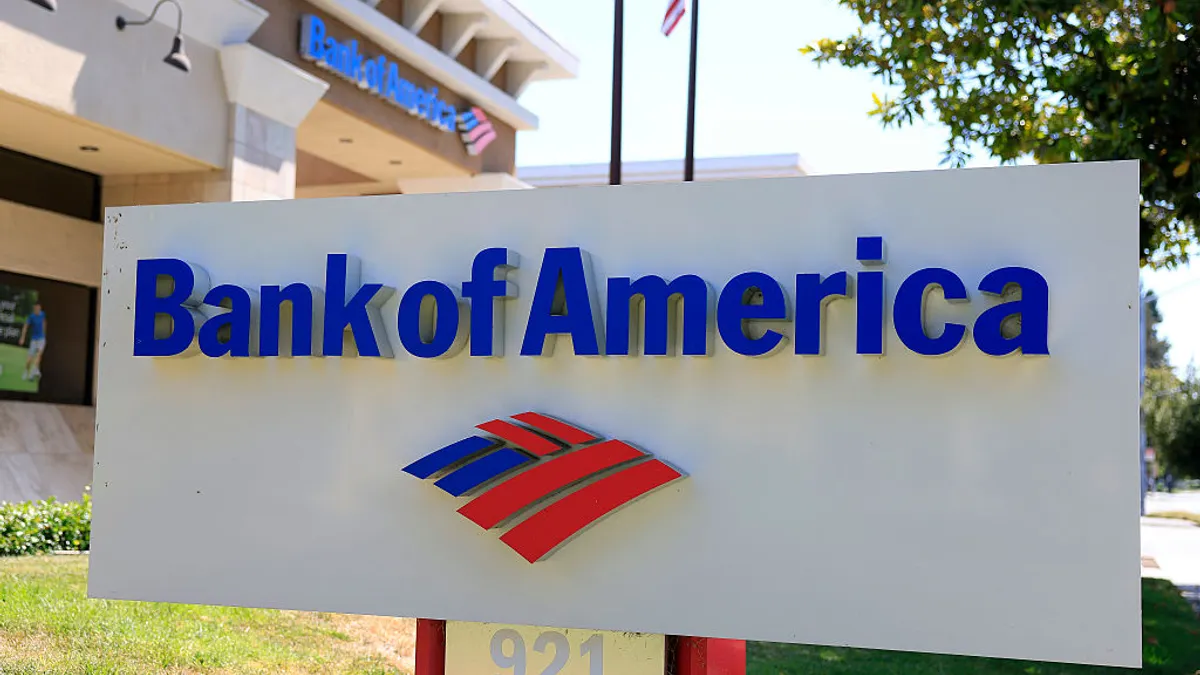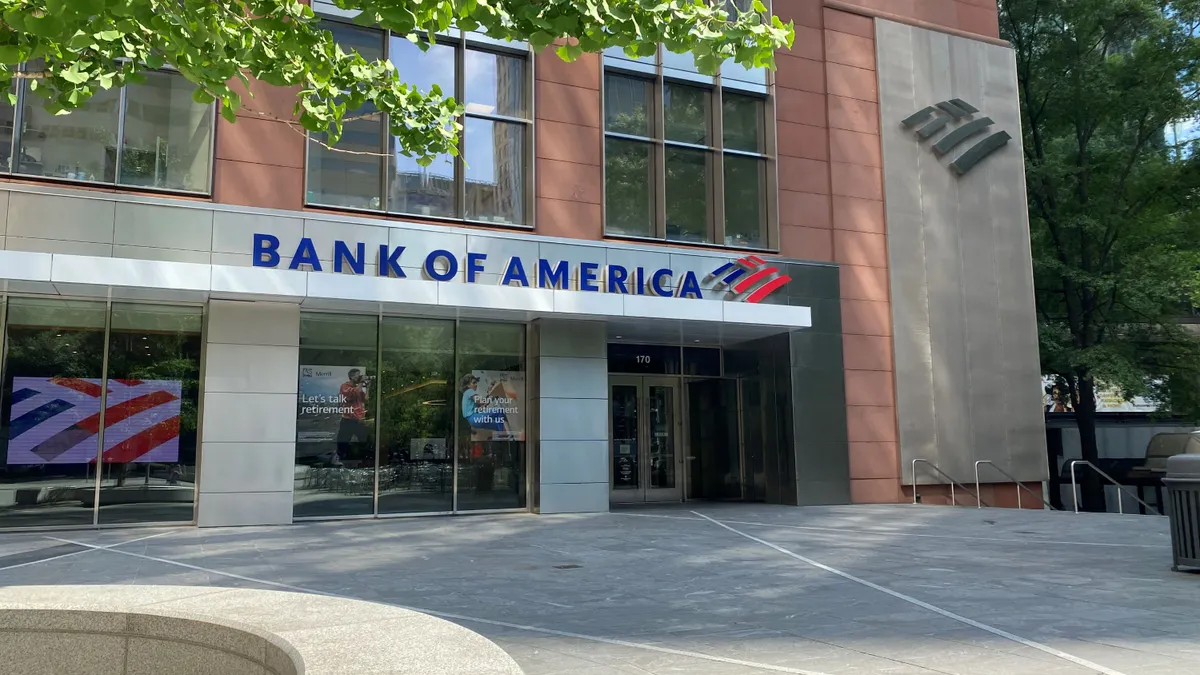The Clearing House, the bank-owned operator of the only private U.S. payments system, this week urged U.S. government officials to proceed with caution in considering development of a central bank digital currency (CBDC), saying it could do more harm than good.
The New York-based Clearing House said in a July 27 press release that the “introduction of a U.S. CBDC has the potential to destabilize both the domestic and foreign banking and financial services sectors, and to make illicit activity using the U.S. dollar easier.”
That release, and a 53-page companion report titled “On the Road to a U.S. Central Bank Digital Currency: Challenges and Opportunities,” made clear that the Clearing House sees more challenges than opportunities.
It's not opposed to the idea of a CBDC, but it views the real-world possibility of a U.S. CBDC as fraught with questions about its potential purpose, design and risks, Clearing House Executive Managing Director Robert Hunter said in an interview.
“Particularly in times of stress, it is highly likely that there would be capital flight into a central bank digital currency,” and that could have a destabilizing impact on financial institutions, he said.
Those sentiments echo comments made in a June speech by Federal Reserve Board Gov. Randal Quarles, who said the potential benefits of a CBDC were “unclear,” and that a CBDC could “pose significant and concrete risks.”
While Federal Reserve Board Chair Jerome Powell as recently as March took a stance that the U.S. was in no rush to consider a CBDC, he jump-started the conversation in May by announcing the Fed would issue a white paper on the possibility of creating a U.S. digital currency. He said he expects it to spark a public conversation on the topic. More recently, he said the paper would be issued in September.
U.S. consideration of a government digital currency has been spurred on by private-sector digital asset developments — most pointedly, the rise of Bitcoin — and also by other governments’ pursuit of digital currencies, specifically China's. The Clearing House’s report includes an appendix of 17 countries or jurisdictions at some stage of reviewing or developing a CBDC.
Hunter dismissed suggestions that China’s progress on a digital currency will somehow threaten the U.S. dollar as the world’s dominant currency. Unique American attributes such as the country’s strong monetary policy and the rule of law underpin that dominance, he said. Furthermore, Hunter noted China’s suspect reasons for pursuing a CBDC, suggesting an authoritarian grab for more data on citizens.
Like Quarles, the Clearing House said the key task of the Fed and other government officials involved in considering a CBDC is to suss out what the purpose of such a digital currency would be, and whether it’s truly needed to improve upon the current payments system. Quarles and the Clearing House also both underscored the likely necessity of legislation for authority to pursue the creation of a CBDC.
In other knocks on the possibility, the Clearing House also noted in the report that a "U.S. CBDC presents a unique opportunity for hackers or nation states seeking to destabilize U.S. currency by disrupting the ledger.” In addition, it noted the “extraordinary expenditure” that would be required to support a CBDC.
“Not only are initial implementation costs going to be a factor on U.S. CBDC success, but ongoing costs necessary to support the use of U.S. CBDC need to be considered,” the report said. “These costs may well lead to fees for use of CBDC, either in the form of transaction fees or support fees.”
The Clearing House went so far as to raise the specter of the potential “effective nationalization of retail banking” if a new CBDC isn’t properly implemented.
The Clearing House’s competitive instincts may be kicking in, too. It acknowledged in the report that a CBDC would compete with it. “A U.S. CBDC would not only compete directly with private cryptocurrency, and with stablecoins that derive their value from the value of the U.S. dollar, it would also compete with existing payment systems that utilize deposit accounts and stored value denominated in U.S. dollars, including payment systems operated by the private sector,” the report said.
Plenty of other organizations and influencers are looking to have their say on the subject. The Electronic Transactions Association weighed in on a prospective CBDC in May, calling on policy makers to make certain there would be interoperability with current payments systems; private-sector involvement in development and design; and safeguards for consumers.
Individuals are eager to join the public discourse. Former Pimco CEO Mohamed El-Erian moved into the fray this week with a Financial Times essay that called on the U.S. and other western governments to be more open-minded about digital currency advances, noting China’s progress and prodding the U.S. to act. Former Federal Deposit Insurance Corp. (FDIC) Chair Sheila Bair this week offered her CBDC insights on Yahoo Finance, suggesting such a digital currency could provide the country with a tool for creating a more equitable approach to monetary policy.


